“I am writing to you from the bowels of the earth the ‘region of the mothers’, perhaps, I have descended to preserve some intangible, non-convertible values, certainly, which belong to the domain of the human spirit. In this still green depth, perhaps the land of the original, I will try to recover the primitive secret of our meaning in the cosmos.”
With these words Osvaldo Licini addresses the philosopher Franco Ciliberti in a letter written in February 1941. In the exhibition La Regione delle Madri (The Region of the Mothers) there are 90 oil paintings and 30 drawings by the artist realized between the Thirties and the Fifties that come from important private and public collections such as the Ca’ Pesaro Contemporary Art Museum in Venice, the Pompidou Center in Paris and the Contemporary Art Gallery of Ascoli Piceno. For the first time, a path aimed at analyzing the landscape of Licini is created, which is studied in the exhibition venue of the Centro Studi Licini as a “simple” tangible reality, and then becomes a starting point for an introspective research and finally pure abstraction in the House Museum. The only red thread between the two sections of the exhibition is only the country to which the artist will remain faithful until the end: Monte Vidon Corrado, home and mother.
The Marches but also France and the French landscapes accompany the viewer with a large series of landscapes that present strong similarities with the views of Cézanne, Van Gogh and Matisse. On the other hand, these works are the result of the stays that from 1917 to 1926 led Licini to visit France and the Cote d’Azur, placing the seafaring tradition of the closer and more experienced Porto San Giorgio before the French scenario.
“Every now and then I leave for other villages where I go to paint landscapes.” In this letter to Morandi written in 1927 it is easy to understand the meaning of painting for Licini, which is configured as a research tool inside and outside of himself. The artist and poet is moved from a need for advance, his curiosity makes him first a traveler and then a painter. The first review of selected masterpieces reveals what for Licini was the representation of the “real work”, what Pavese will describe in his “Lavorare Stanca”. once the tedium of the writer from the Langhe aligns with the lyric self of the artist from the Marche region: both are spectators and protagonists of the surrounding landscape.
After the first view of masterpieces it is possible to admire the sweet village of Monte Vidon Corrado which provides, in the short distance between the first and the second venue of the exhibition, a panorama never scratched by time. The exhibition proceeds in Osvaldo Licini’s house and moves from the “bowels of the earth to astral space”: the landscape now becomes a means to analyze the lines and give vent to the mental geometries that were hidden in the artist’s mind. The Studies for Archipainting belong to this series, a perfect synthesis of an en plein air immersion in nature and at the same time of the interior processing of the landscape. This synergy creates spaces that are no longer physical, they generate compositions of precarious stability. Think of works such as In Bilico or Memorie di oltretomba which lay the foundations for a search for the matrix and origin of things, a material instinct where the assiduous search for a primordial and earthly mass takes over the soul of Licini who gives tireless troubadour finds and transposes all his thoughts into geometric shapes and lines.
Finally the artist has begun to doubt the things around him, even his familiar Monte Vidon Corrado and now he can only appeal to the mother of the sky: the Moon. In the last two rooms present in the old cellars of Osvaldo’s house there are the Lune/Amalassunte, the flights of the Angeli Ribelli (Rebel Angels) and the colorful Marines. “Flee flee Flying” Licini wrote to Marchiri in a letter dated 13 January 1953, this is the name of the penultimate section of the exhibition where works such as the Angel and the Flying Dutchman represent the last important phase of the painter’s life and the ascent towards the sky. Like phoenixes rising from the ashes it seems that these indefinite figures need to fly high and escape the earth. The same Moon with which Licini spoke from his window hidden in the hills of the Marche, a region of mothers and infinity.
The exhibition gives the visitor a unique opportunity which is to dissect and analyze with circularity the process that led the painter of the world and of Monte Vidon Corrado to understand the landscape of reality, that of the mind and the infinite sky.
Ilaria Ferretti
Info:
Osvaldo Licini. La Regione delle Madri
25 July – 8 December 2020
Centro Studi Osvaldo Licini
Piazza Osvaldo Licini, 9 63836 – Monte Vidon Corrado (FM)
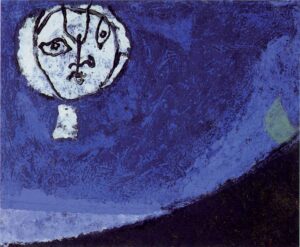 Osvaldo Licini, Amalassunta Luna, 1946, olio su tavola, Lendinara, collezione privata
Osvaldo Licini, Amalassunta Luna, 1946, olio su tavola, Lendinara, collezione privata
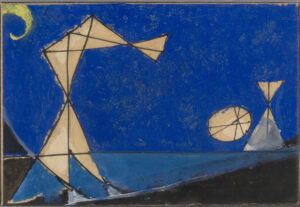 Osvaldo Licini, Marina (Notturno), 1955, olio su carta, Collezione Gori, Fattoria di Celle, Pistoia
Osvaldo Licini, Marina (Notturno), 1955, olio su carta, Collezione Gori, Fattoria di Celle, Pistoia
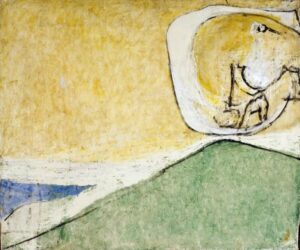 Osvaldo Licini, Personaggio, 1945, olio su tela, collezione M. Carpi Roma
Osvaldo Licini, Personaggio, 1945, olio su tela, collezione M. Carpi Roma
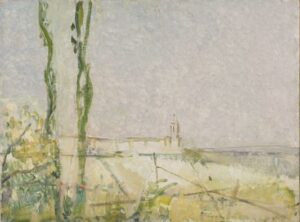 Osvaldo Licini, Paesaggio marchigiano, 1925, olio su tela, collezione privata
Osvaldo Licini, Paesaggio marchigiano, 1925, olio su tela, collezione privata
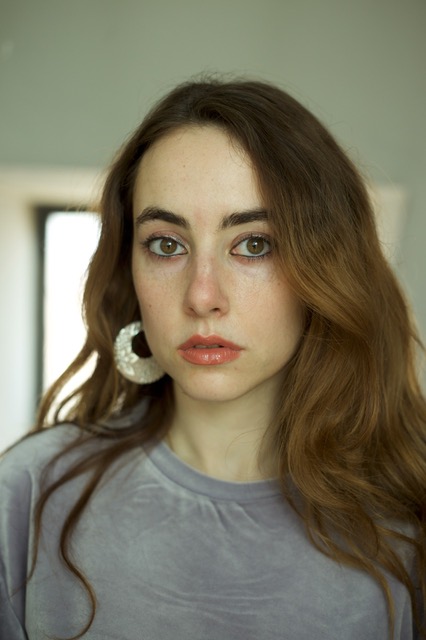
I think of art and life as if they were “open works”: ready for a thousand interpretations. I am a curator (born in 1998) but also a student of the master’s degree course in Visual Arts, with a focus on Semiotics of the visible and the contemporary. I have reviewed national and international exhibitions for Artslife, Juliet Art Magazine, Artuu, TravelOnArt, Youmanist and I have been involved in curating exhibitions, events, drafting creative content and cultural mediation for Monocromo Contemporary Art Gallery in Rome, Vie di Fuga Project (Marche Region), Academy of Fine Arts of Bologna, MAST Foundation (BO), Abbey of Roti (MC), Rocca Roveresca of Senigallia, Cantieri della Civiltà Marinara (FM).






NO COMMENT